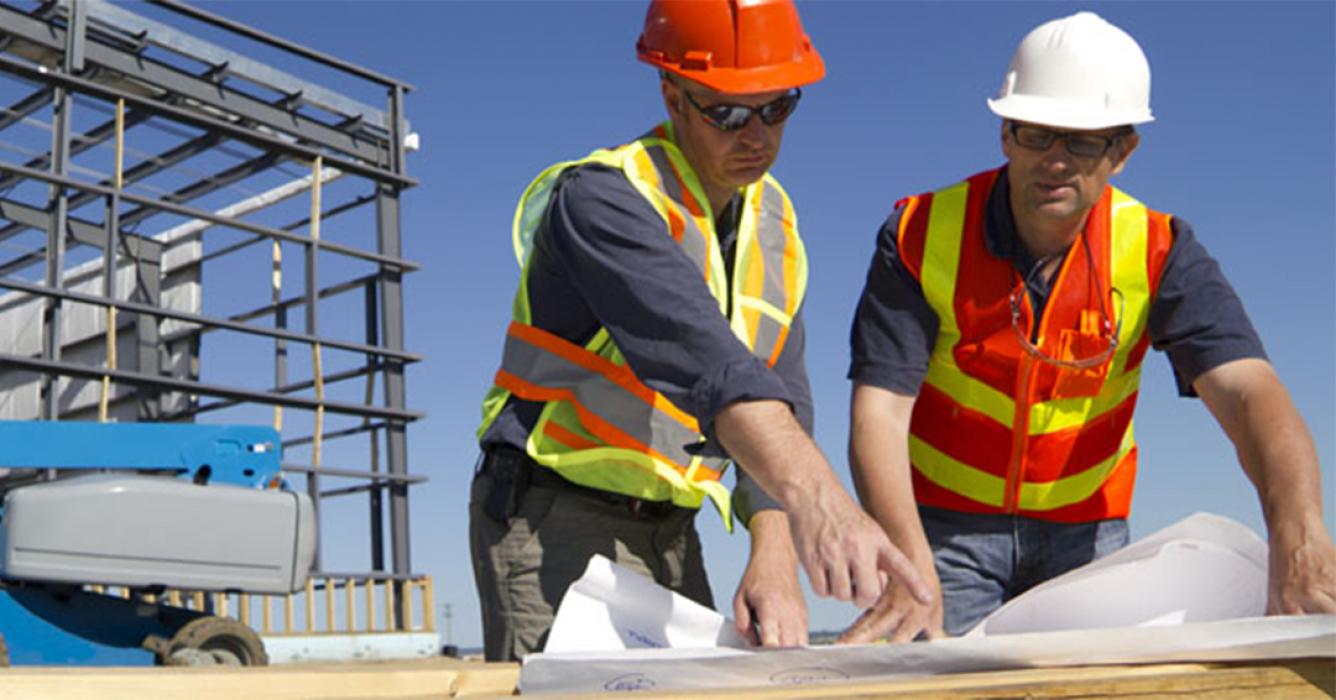Why structural engineering is key to sustainability

While sustainability may be seen by some as a ‘nice to have’ business owners and directors are running a serious reputational and legal risk by failing to embed defined sustainability practices into the construction and running of their buildings.
“The risks of failing to act on climate change are multilayered, and at the highest level they are catastrophic not just for the construction industry, but for our communities as a whole” says Mark Sturgess, Northrop Principal and Newcastle Regional Manager.
“The climate liability lens is clearly focusing in on companies. Are buildings resilient to climate shocks and natural disasters, and do they have a business continuity plan for climate-driven events? From a reputational perspective, lowering and ultimately negating the carbon footprint of our built environment is critical.
The sustainability of buildings is just one focus of the Engineers Declare movement, which has gained great traction since its launch in September 2019. With more than 160 engineering companies and 2000 engineers ‘declaring’ a climate and biodiversity emergency awareness is increasing significantly.
“Often, the sustainability of a project is focused on building services and energy, but we need to take a holistic view of the way we embed deeper sustainability,” says Mark. “Embodied carbon generated during construction of the building has traditionally been ignored by structural engineers, with limited points available in traditional accreditation systems (such as Greenstar) for utilising less carbon intensive materials.”
The engineers declare movement is changing this focus. Ultimately, says Mark, it’s the responsibility of structural engineers to drive the message that more could – and should – be done in terms of embedding sustainable practices into structural engineering projects.
“It’s incumbent on structural engineers to actively discuss ways to minimise the carbon footprint with architects and clients. For example, locally-sourced and sustainably managed timber have a smaller carbon footprint than materials such as concrete and steel. However, timber as a material isn’t a practical solution for all building types.
Where materials with heavier footprints like steel and concrete are required, structural engineers have a role to play in encouraging the use of less carbon intensive production methods, with options that can be explored such as specifying recycled steel, greener concrete using fly ash, and recycled water. Geopolymer concretes are also emerging with significantly less carbon impact. Mark also notes minimising material use through good structural design practice is also a good outcome for the climate and the project budget.
The sustainability of a business’s buildings has a direct and immediate relevance on many facets of the operation. Legally, business owners carry a duty of care to identify relevant climate risks. From an insurance perspective, underwriters are becoming increasingly concerned with a building’s climate resilience – indeed, some assets around the world are practically uninsurable because of the climate change risks they present.
Structural engineers have a role to play here by building resilience into our building stock so that the structures we design today can resist the loads that could be applied as the climate changes. Making developers and building owners aware of how a changing climate may affect their building is critical to achieve this outcome says Mark, with intensity of rainfall and associated flooding levels, hail and windstorms key items to be considered and discussed with developers, owners and operators.
Quite simply, sustainability practices in structural design are quickly becoming an imperative, rather than a nice to have. In order for sustainability to have the greatest impact, it must be viewed holistically across all disciplines, rather than being confined to building services and energy output.
Article first published by https://sourceable.net/# and reposted here with permission.

